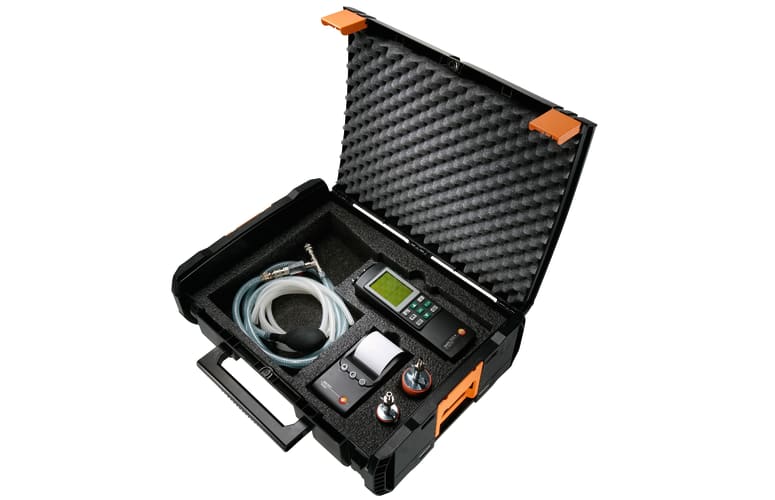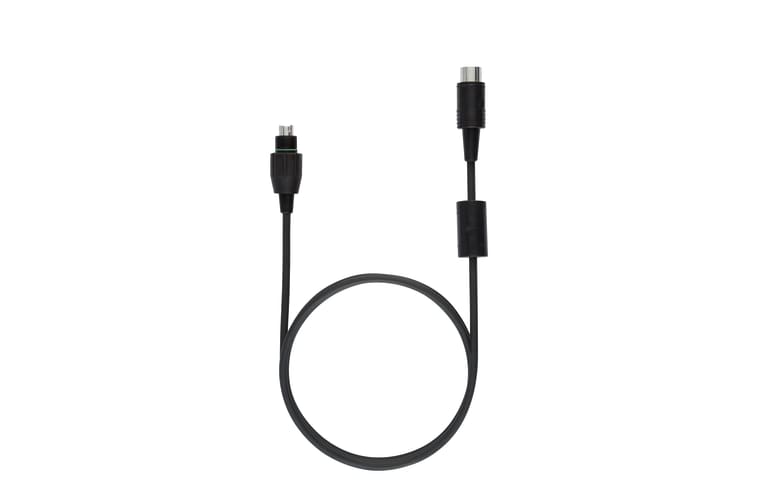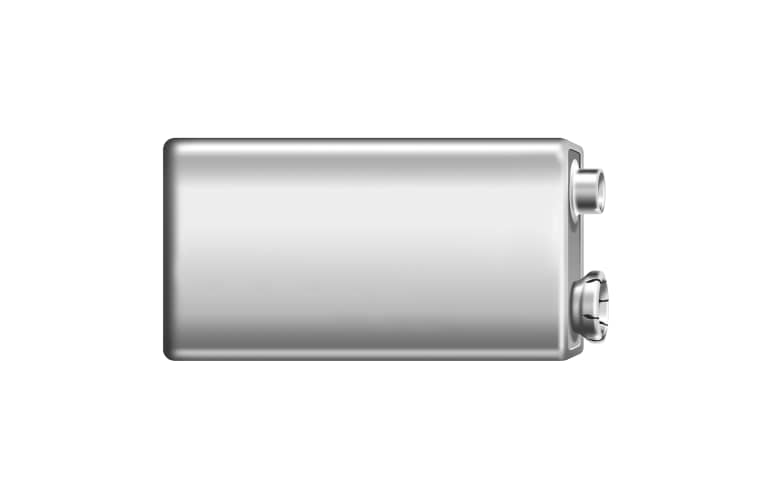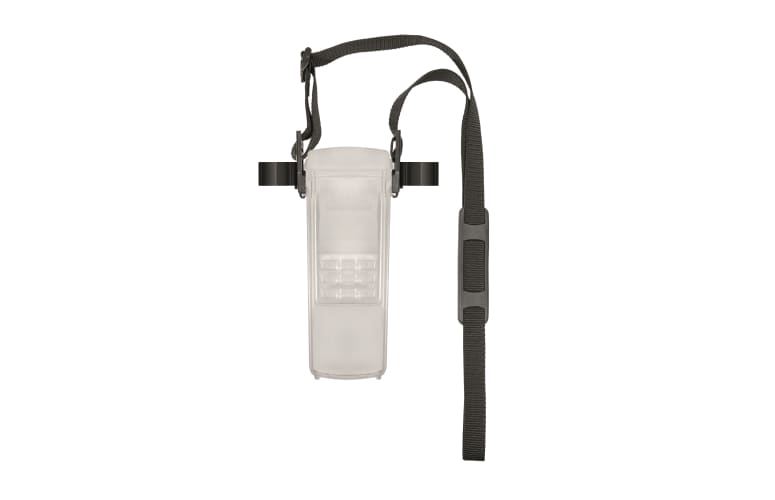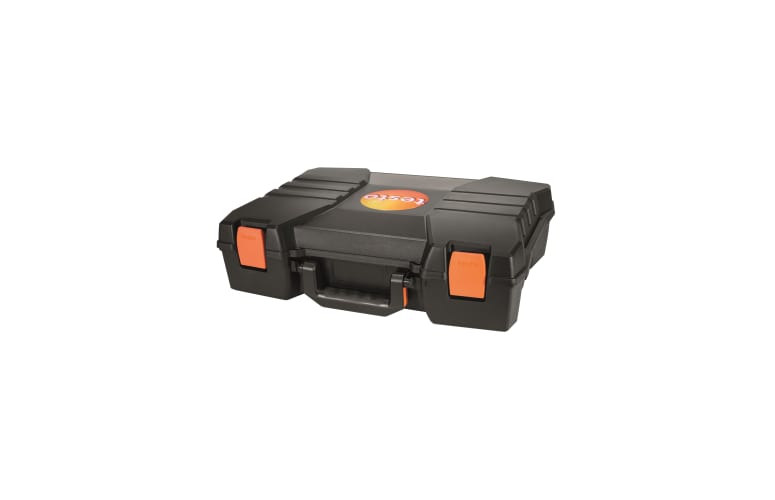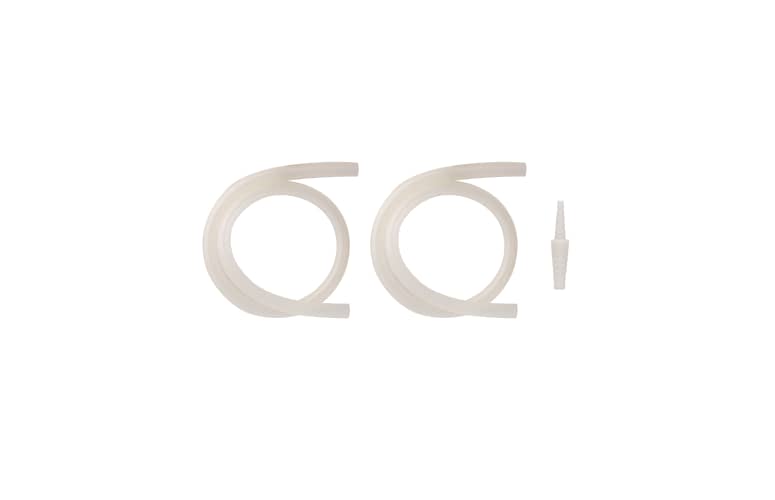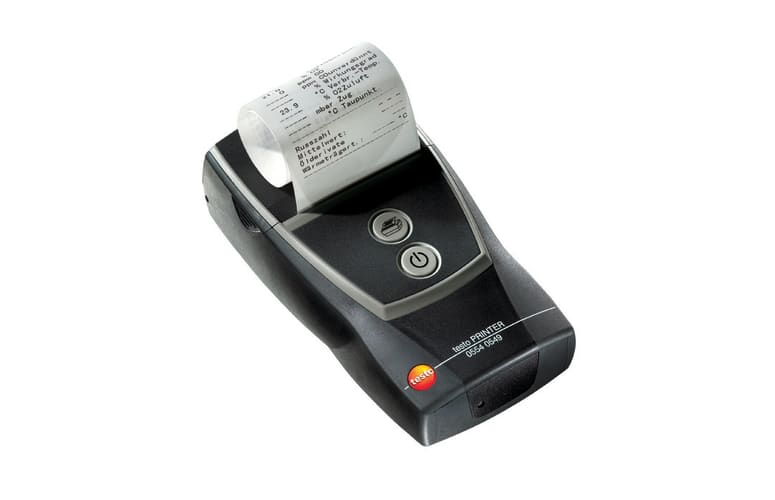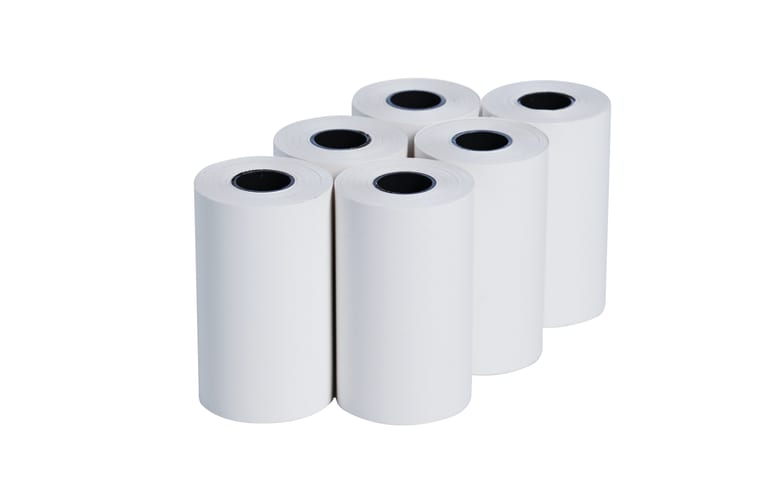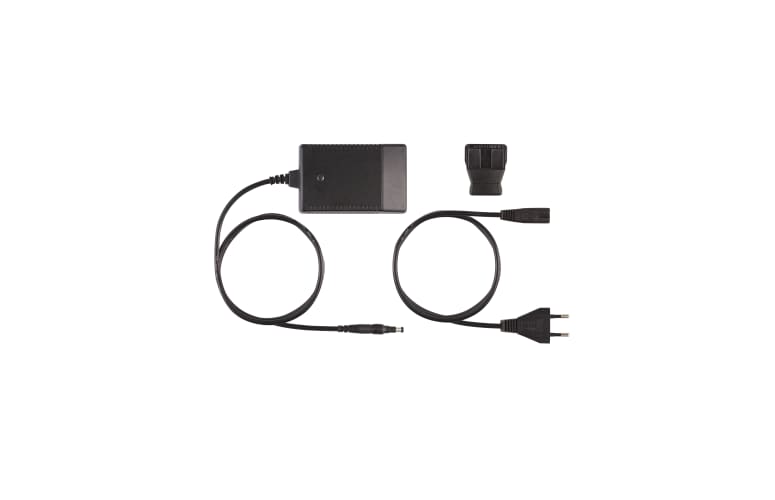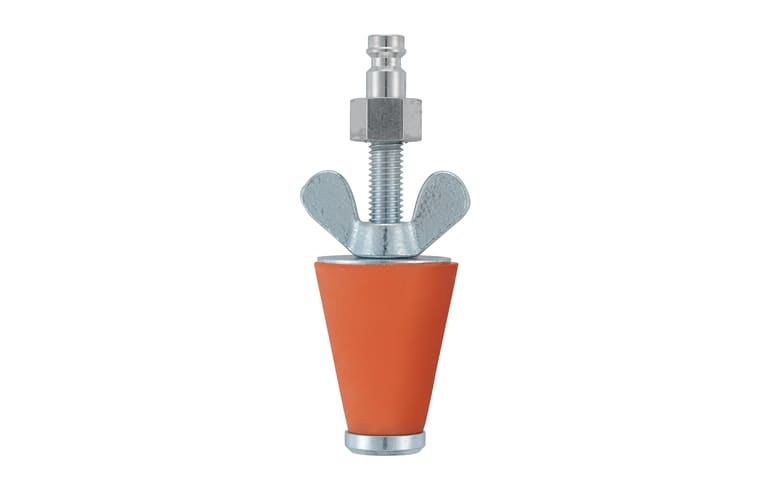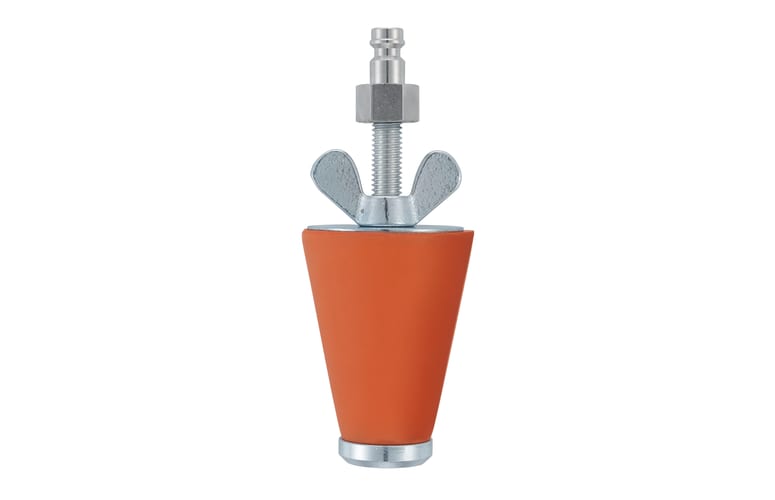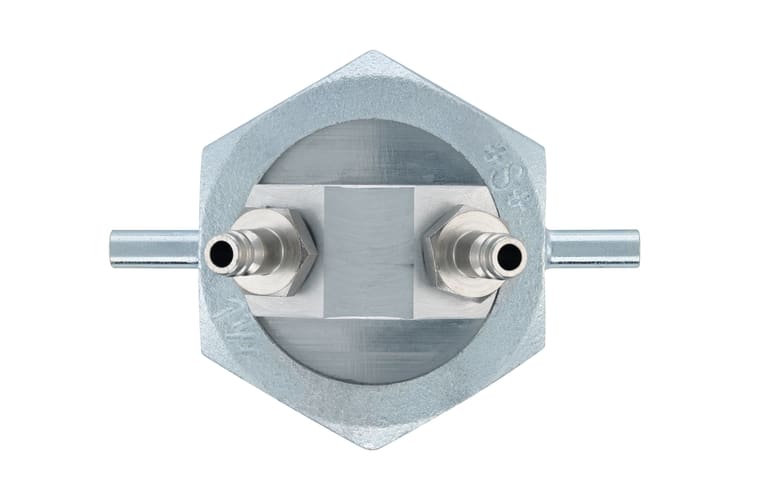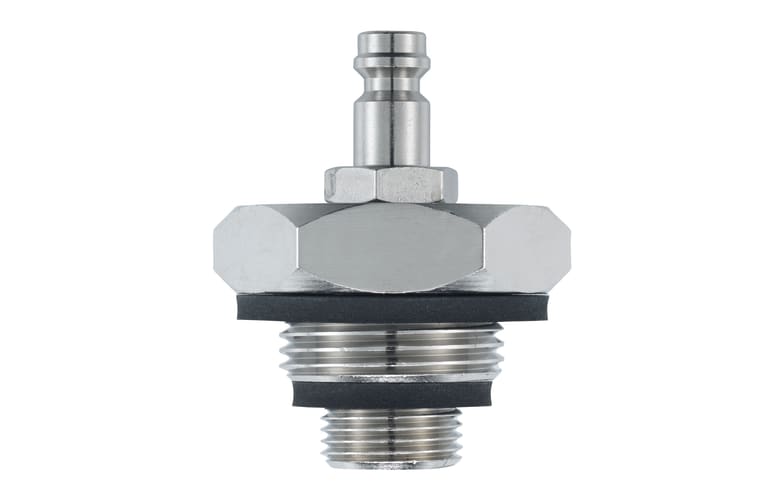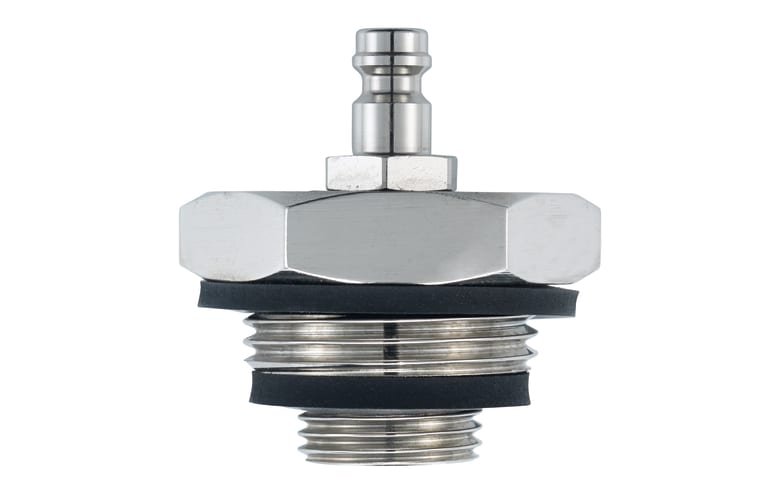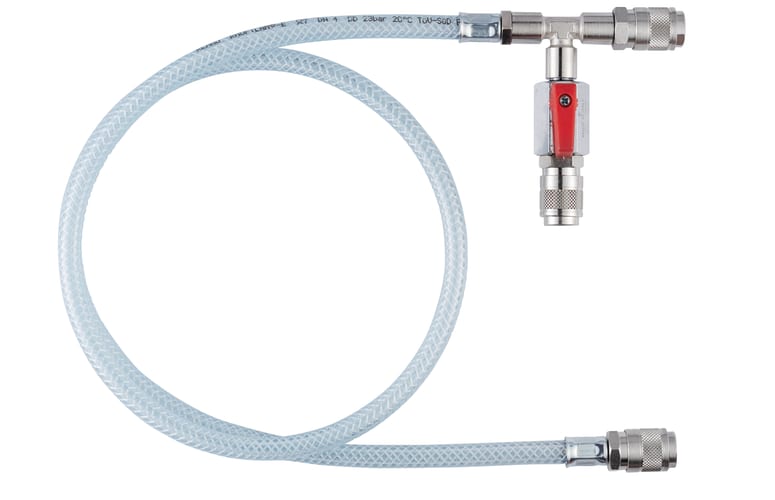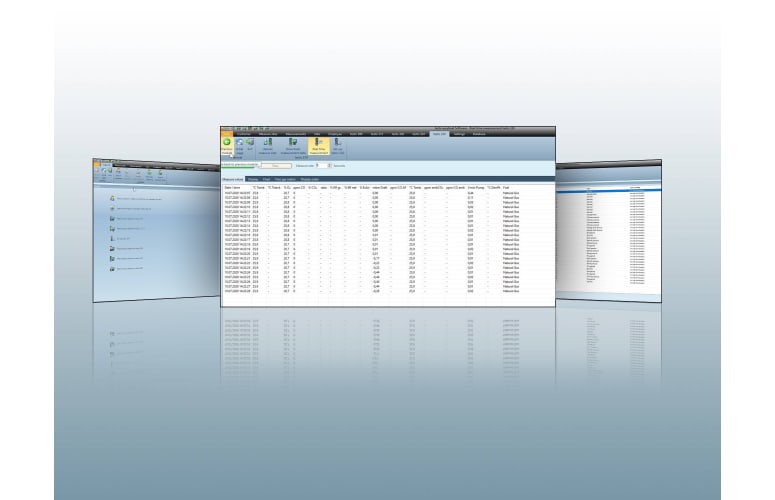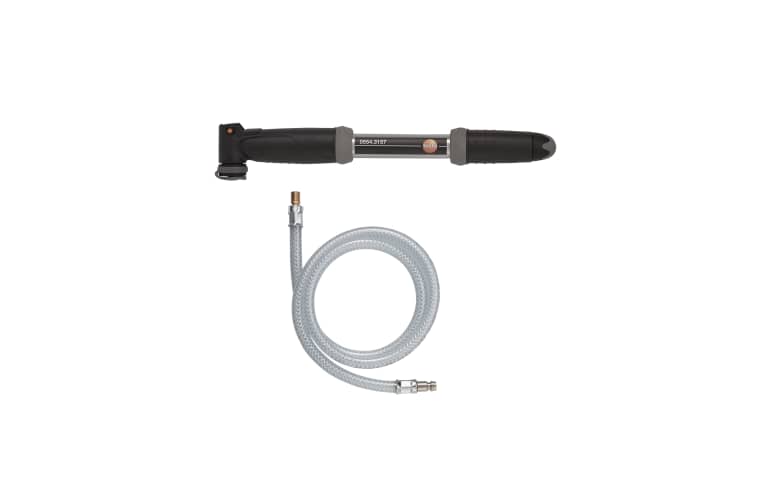Misure che sono possibili con il manometro differenziale testo 312-4
- Verifica principale e prova di tenuta dopo caduta di pressione nelle tubazioni del gas secondo le norme UNI 7129 e UNI 11137
- Verifica preliminare per impianti con giunti a pressare o tubi multistrato con l'aiuto del sensore alta pressione (opzionale)
- Pressure test nelle tubazioni dell'acqua potabile con acqua e – con l'aiuto del sensore alta pressione opzionale – secondo la norma DIN 1988 (TRWI), così come con aria
- Pressure test nelle tubazioni dell'acqua di scarico con l'aiuto del sensore alta pressione (opzionale)
- Controllo del regolatore della pressione del gas mediante la registrazione del valori di misura per un tempo predefinito (max. 25.000 valori)
- Controllo della pressione del raccordo del gas e al bruciatore per la regolazione
Per misurare con la necessaria efficienza la pressione, il manometro testo 312-4 offre la massima facilità d'uso: ad es. grazie alle procedure di prova pre-configurate o alla visualizzazione chiara dei valori di misura sul display di grandi dimensioni. Con la stampante rapida testo opzionale potete inoltre stampare un protocollo di misura direttamente sul posto. Per la trasmissione e l'analisi dei dati è disponibile il software per PC opzionale easyheat. Inoltre, al manometro differenziale è possibile collegare ulteriori sonde opzionali per svolgere diverse misure (ad es. sensore alta pressione o sonda con termocoppia per misurare la temperatura).
Testo, inoltre a preparato due kit per semplificare la scelta degli accessori per le applicazioni sugli impianti gas oppure gas e acqua.
